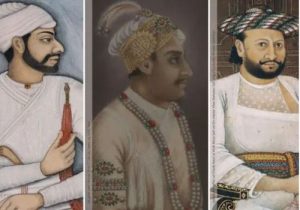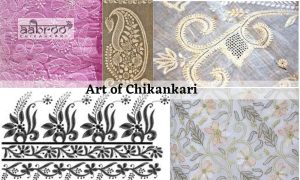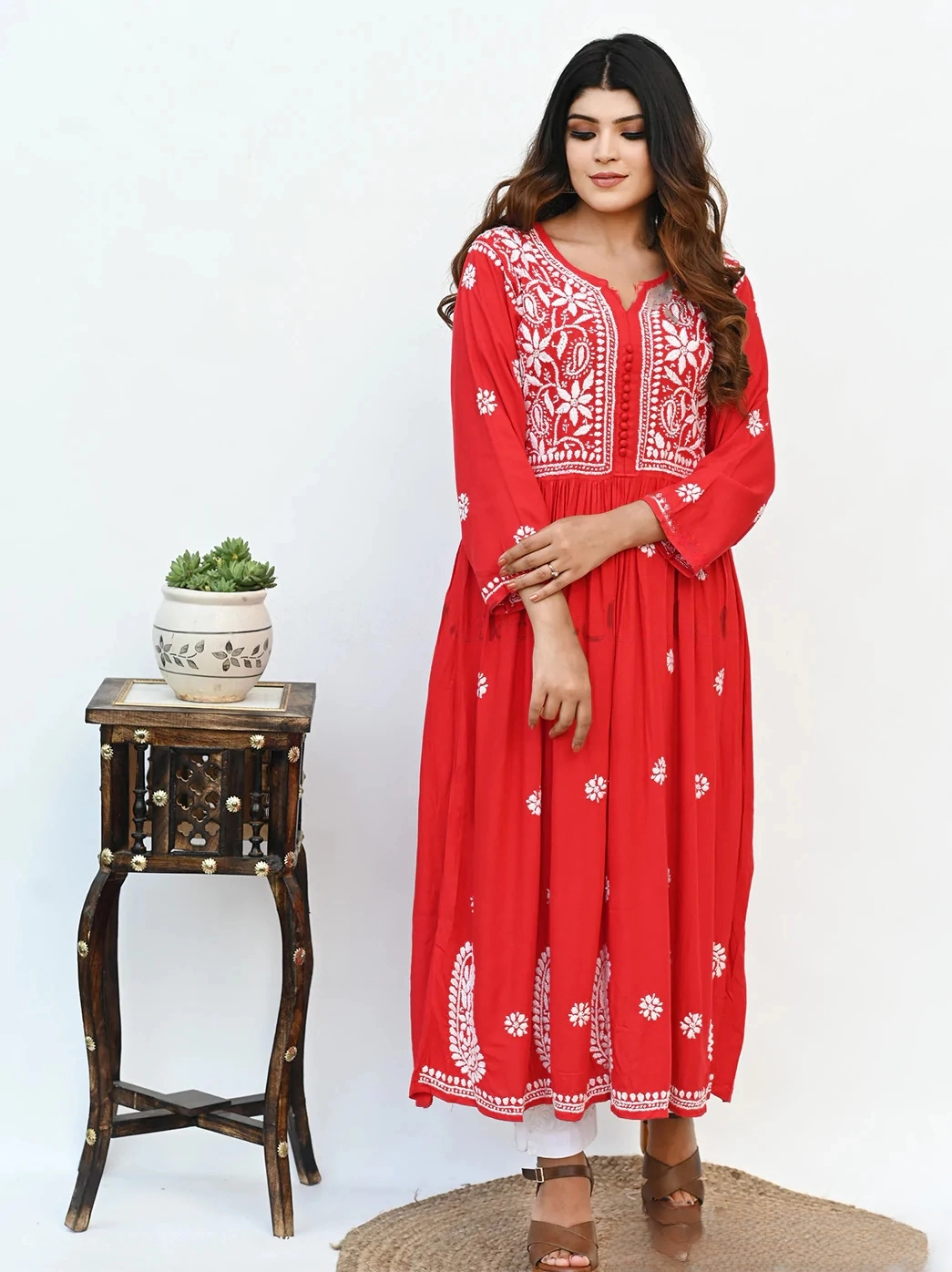About Chikankari
The history of chikankari dates back thousands of years, when women used to use thread to create intricate designs on their clothing. Chikankari is a traditional craft that has been passed down through generations. Chikankari is a form of embroidery designing on clothes that’s traditionally the work of local artisans from Lucknow, India. Until now, we all know about the rich culture of India. Similarly, Chikankari is one such popular form of art on clothing that’s popular throughout the world.
For centuries, skillful artisans have been creating and manufacturing this form of clothing using white fabric. However, with modernization and people’s demand, various color options are now available in Chikankari suits, Kurtis, dresses, lehengas, and many more.
Read Also: White Chikankari: The Traditional Approach
Origin of Chikankari

In the ancient period, where there was no term for Chikankari, there were references to a similar type of embroidery work. If you look closely, in the 3rd Century itself, Megasthenes mentioned that Indians use flowered muslins on their fabric. Though it was close enough to the Chikan creation process, it does not have any color, ornaments, or other embellishments.
Many historians and scholars have mentioned that earlier Chikan work was only visible as white embroidery and thread work on white fabric. Notably, it arrived from the Persian culture and later came into the court of the Mughals.
Likely, we all must have heard about the credits that go to Noor Jahan, the wife of Mughal Emperor Jahangir. She was the person who introduced Chikankari to India as a beautiful form of clothing.
There are many stories that encircle around how the people learned the art form of Chikankari. Some people talk about the tale where a traveler taught a peasant the stitches of Chikankari in return for drinking water.
The technique of Art & Design

A skillful artisan’s hand brings life to the fabric and needlecraft work of Chikankari. The technique of making delicate embroidery involves a lot of artful skills and experience in work. Likewise, Chikankari needlecraft work is more suitable for fabrics such as – cotton, muslin, silk, georgette, net, chiffon, organza, rayon, etc.
Here are some of the common trends of Chikankari work in the present time –
- There is the use of white thread to do the embroidery work using cool and pastel colors of fabric. It generally includes – muslin and cotton material.
- Some buyers also go for colorful silk threads on the vibrant color base fabric. It is the latest trend in the Chikankari form of art and is gradually becoming a fashion trend.
- The current trend of the Chikankari work is famous as “Lucknowi Chikan” as it originates from the mainland.
- Not only commoners but Chikankari is highly in demand by the rich classes as well. Thus, to make the work highlighted, there is the additional use of embellishments such as – sequin, bead, mirror work, kamdani, etc.
Well, to say the least, you’ll get the best depending upon the price range that you are paying. Similarly, the fabric material differs in price and the embroidery work that it highlights.
Process of Chikankari Making
As the work of Chikankari includes too much thread and needlework, make sure the fabric is not too thick. We use the term “elegance” for Chikankari dresses, so it’s better to work on a light fabric. It generally includes – cotton, semi-georgette, crepe, chiffon, silk, and other light material.
The steps of Chikankari work includes the following steps –
- Design & Engraving
- Block Printing
- Embroidery with needlecraft
- Wash & finishing touch
Once you have selected the fabric, now you have to apply it to the block printing technique. Here, it will work as the base upon which the needlework using the thread will be prompted. After the needlework is all beautifully done, the fabric is to be cleaned to remove the blue ink.
Check Also: Steps of Making Chikankari
Rise & Decline of Chikankari Art
The beautiful art of Chikankari has been highlighted throughout the rich culture of India. Not only the Mughals, but this art form became really popular among other kings and rulers of Indian history. However, the declining period of royal patronage and the British invasion made Chikankari suffer a great loss. Later, commercialization and provocative adaptation of the western cultures also declined the richness of the Indian culture.
Chikankari is seen more as a delicate form of embroidery that’s more popular among women. It won’t be wrong to say that the art of Chikankari has a lot to do with the fine architecture of the city of Lucknow. Likewise, it is encrypted with elegance, grace, and social warmth deep inside the localities.
Looking to buy Lucknowi Chikankari!
Are you actually wondering about the beautiful patterns of Chikankari dresses? Well, you can now purchase those items online with superb quality material. There is a wide range of Chikankari kurtas, Chikankari dresses, Chikankari sarees, and many more. Hence, we have a lot to offer to our customers from Indian and abroad. You can likely visit our website and purchase it as per your demand and suitability.
Related Articles:
https://aabroochikankari.com/hand-embroidery-vs-machine-embroidery/
https://aabroochikankari.com/embroidery-chikankari-needle-work/
https://aabroochikankari.com/types-of-chikankari/

